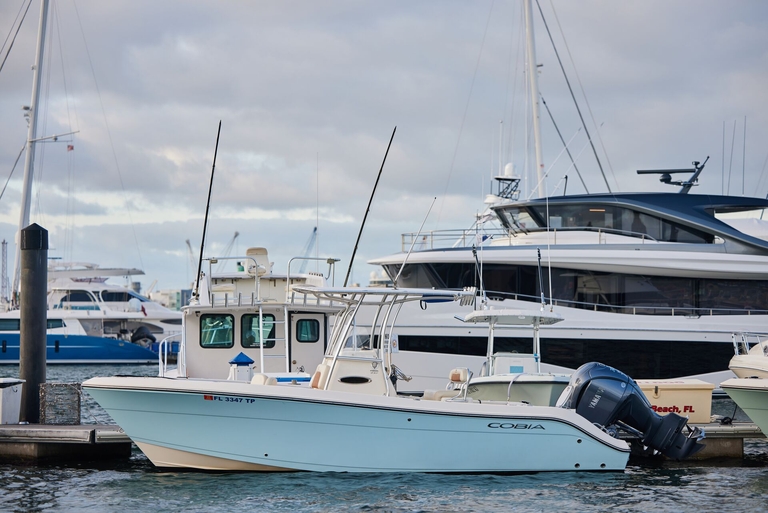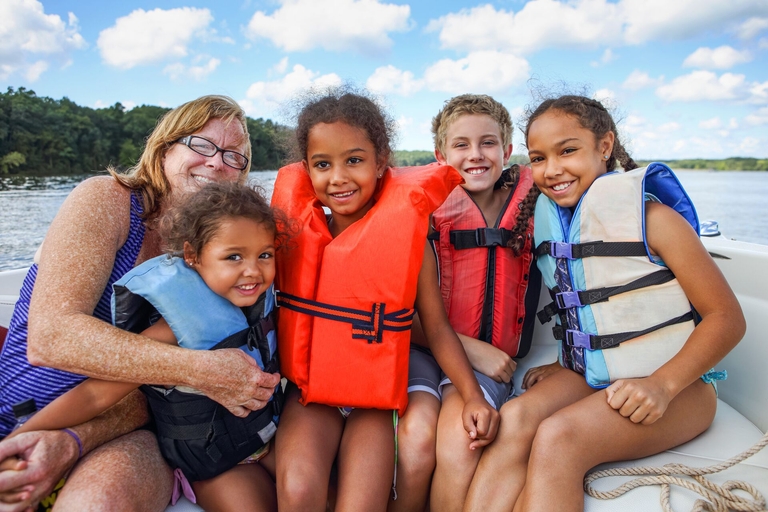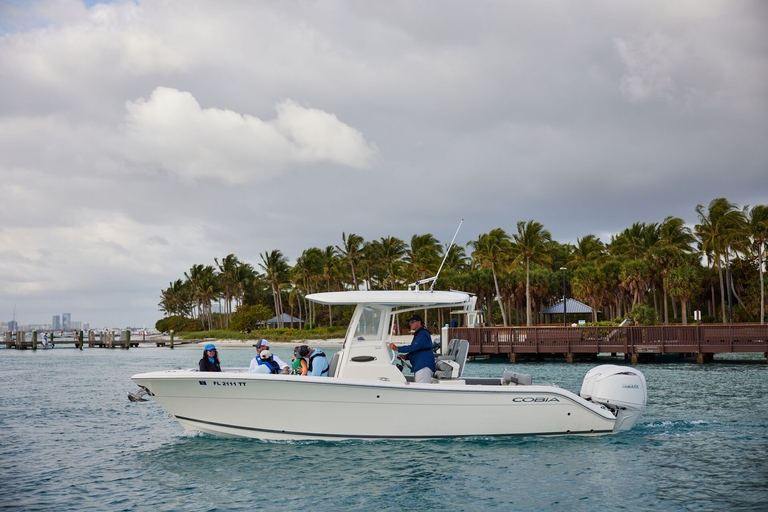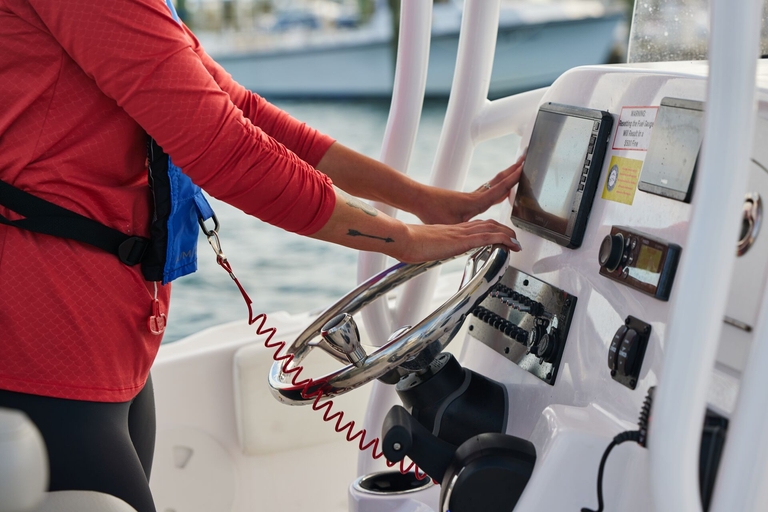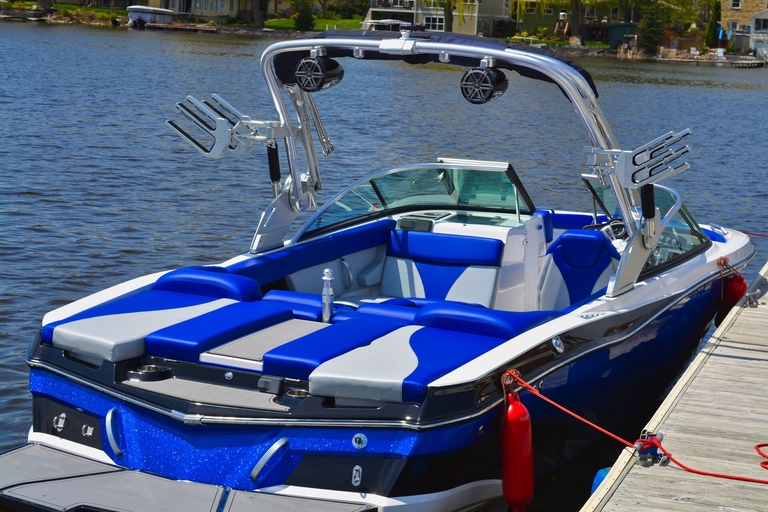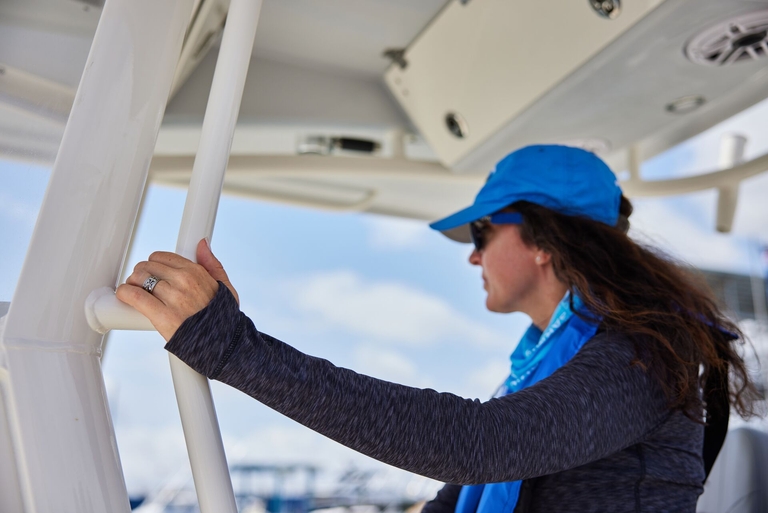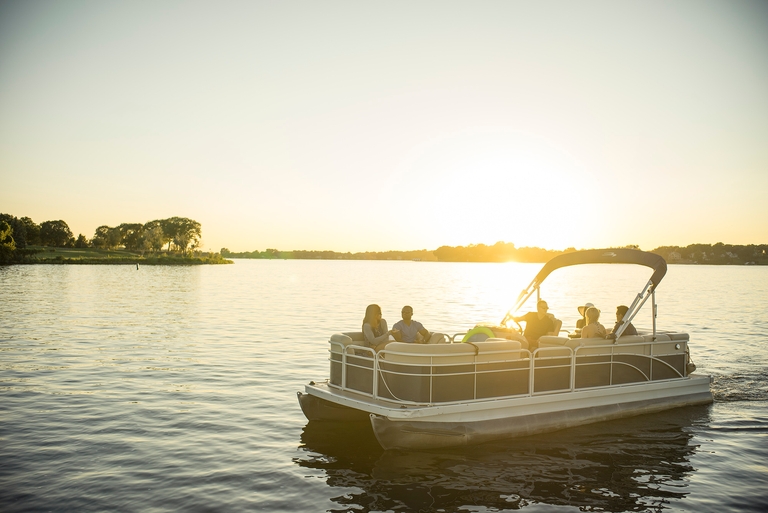Which Side Is Starboard vs. Port for a Boat?
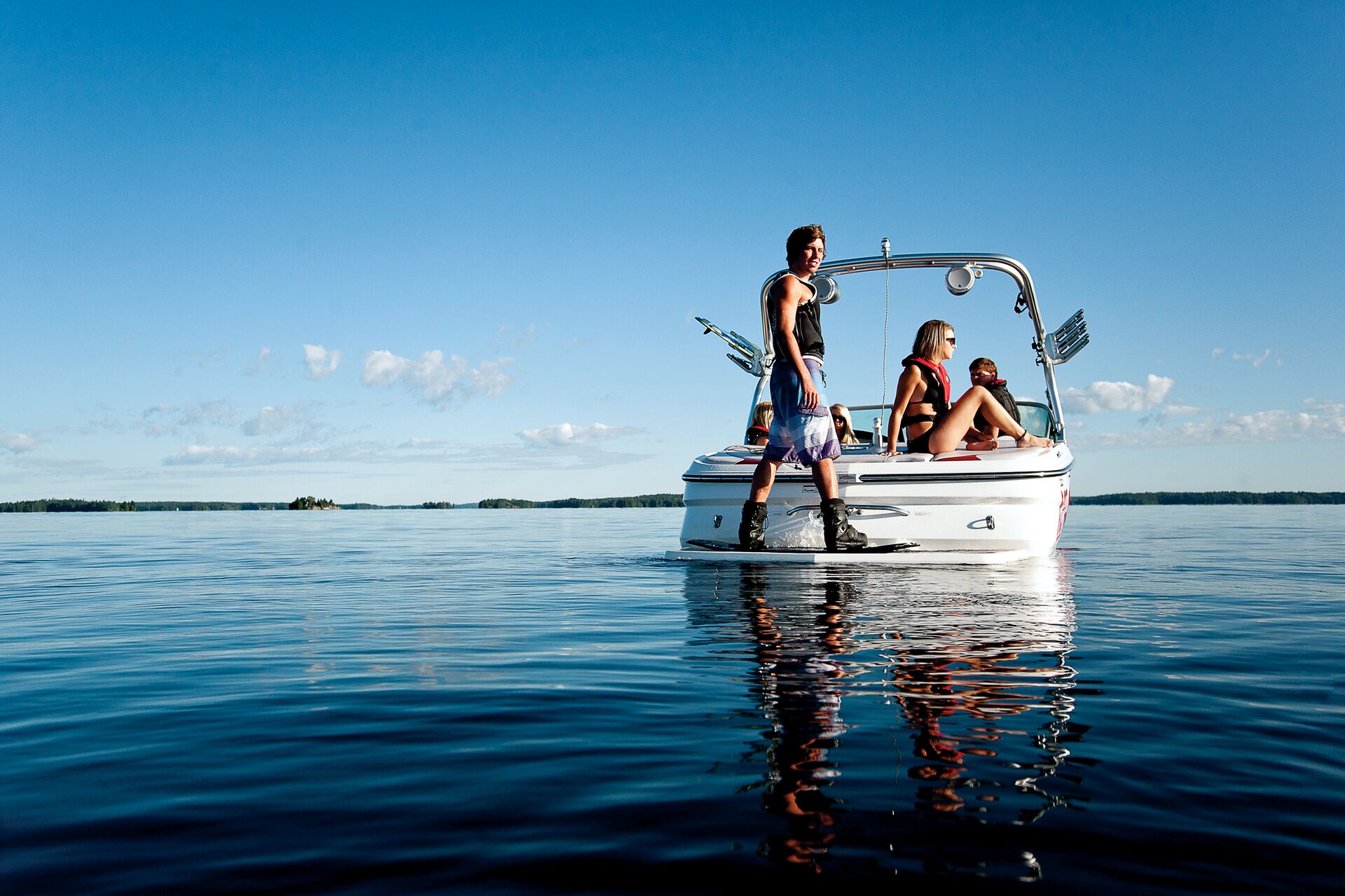
Boating can be a lot of fun, but you also want to ensure you follow boating tips to keep yourself and others safe from harm. That includes using the proper nautical terms and understanding maritime language, which is crucial for safe and effective navigation.
Many novice boaters struggle with some of the phrases and terms, including remembering which side is starboard and which is port. That's why clarifying the difference between these two terms is important, as well as learning about the tips you can use to remember them more easily. Here's what you need to know.
The Definitions of Port and Starboard
When discussing navigation with other boaters or your boat's passengers, you need to be very clear about which direction you mean. Otherwise, you could put yourself and others at risk and may even cause a collision.
So, how do you know what to tell people about directions? In short:
- Starboard: The right side of the boat when you are standing aboard it and facing forward toward the bow.
- Port: The left side of the boat in that same situation.
It's essential to remember that using the correct nautical terms for right and left relies on you being in the proper location. In other words, you need to use the terms based on your forward-facing orientation when you're physically on the boat, not when you're on the dock or facing the ship's bow from a dock or shore location.
Historical Context
The historical context of these terms involves Old English, as the nautical word for right comes from the word "steorbord." This was the term used to indicate the side on which the ship was steered since ships were typically steered with a board located on the right side.
"Port," on the other hand, was chosen to replace the original term of "larboard." This was done because the sounds of both words were too close to one another, which could have caused a lot of confusion.
Visual and Mnemonic Aids
There are several ways to make remembering which term to use easier. For example, color-coding is popular, as the port (left) side of the ship is marked with red navigation lights, while the right side is marked with green navigation lights.
You can also use mnemonic devices like remembering that "port" wine is red. That can help you remember that red lights are on the vessel's port side.
Additionally, "starboard" and "right" have more letters than "port" and "left," so it's logical that they go together.
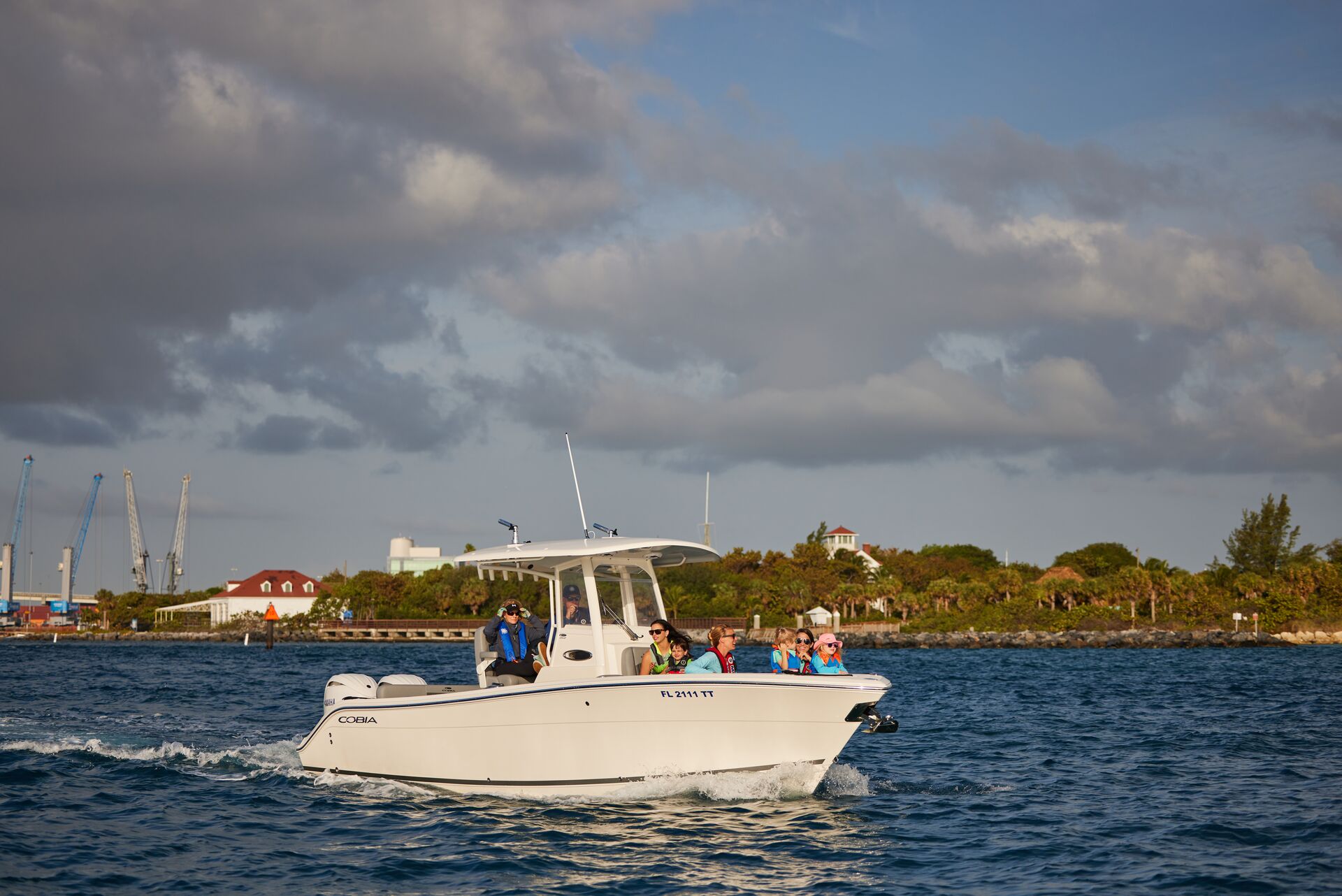
Why Does It Matter What I Call Each Side?
Since people already understand the terms "right" and "left," it's natural for novice boaters to ask why they can't use those terms. While it's a fair question, it's essential that you use the terms that are most commonly used and accepted by the majority. Doing that can reduce the chances of collisions and enhance communication, making navigation safer and easier.
Additionally, docking and maneuvering are more straightforward when you know which side you're referring to. This is especially important in tight spaces where you may have to move your boat carefully and follow instructions closely to avoid damage and injury.
Right-of-way rules are another practical application since the right side has the right-of-way during crossing situations. If you don't know the proper sides and their terms, you could assume you have the right of way when you don't. Naturally, that could lead to a severe problem and put your ship, passengers, and other boaters at risk.
Usage in Commands
Clear communication matters, and you must be precise when instructing crew members or passengers on a boat.
Whether you're just out for a casual adventure or following safety protocols amid a potential emergency, using the correct terms in commands should always be taken seriously. It could save someone's life.
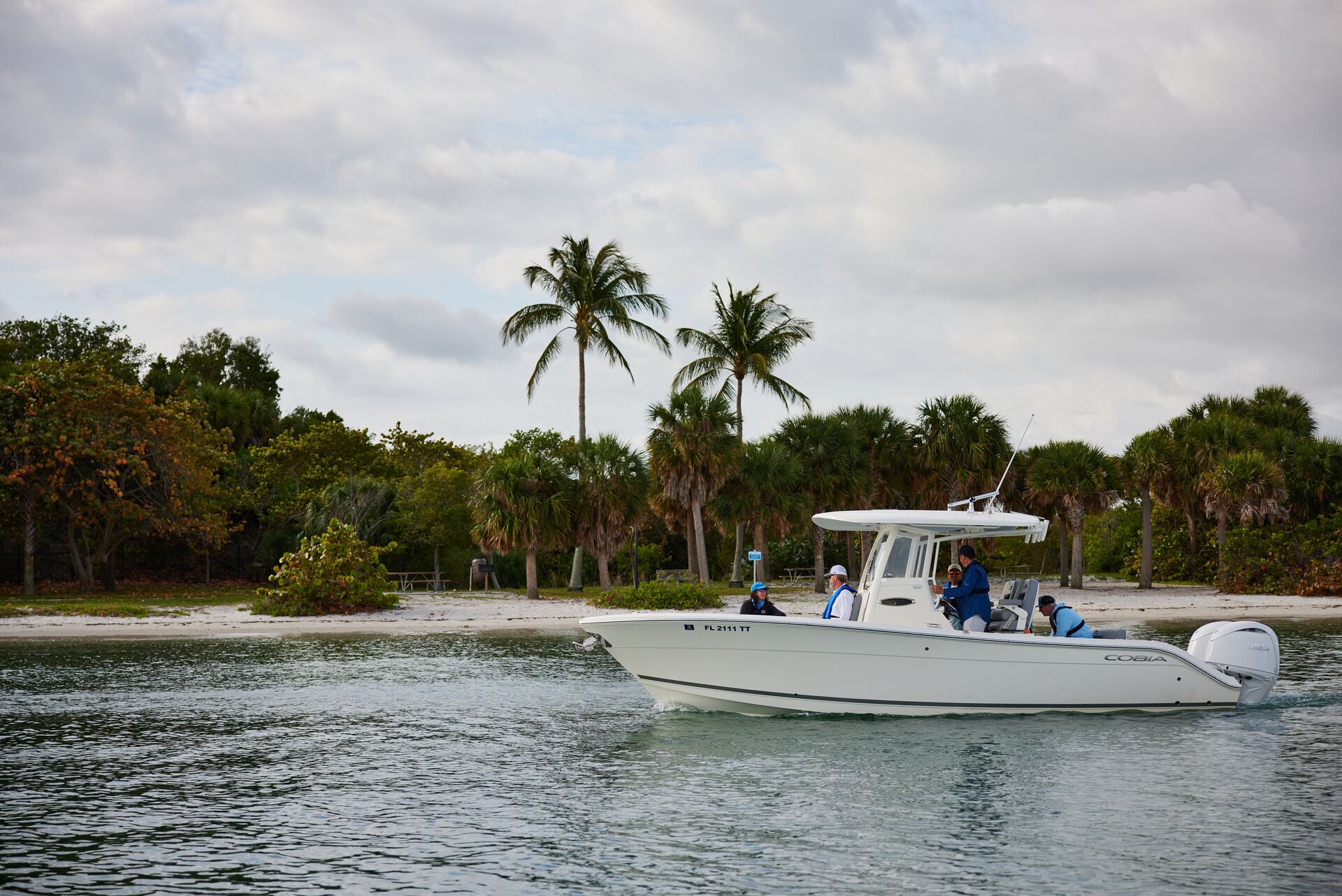
Common Mistakes and How to Avoid Them
The best way to avoid common mistakes in misidentifying port vs. starboard is through repetition and practice. When you use the correct terms on all your boating trips and say them frequently, you'll reinforce your memory, and the terms will become second nature to you over time.
You can also work with labels and markings on the boat as reminders. In the same way you might label the location of your life jackets, fire extinguishers, or first aid kit, you can also label the sides of the boat. This can be done right up near the wheel or in any other places you commonly sit or stand to help you remember the correct terms.
In time, you won't need the reminder labels any more.
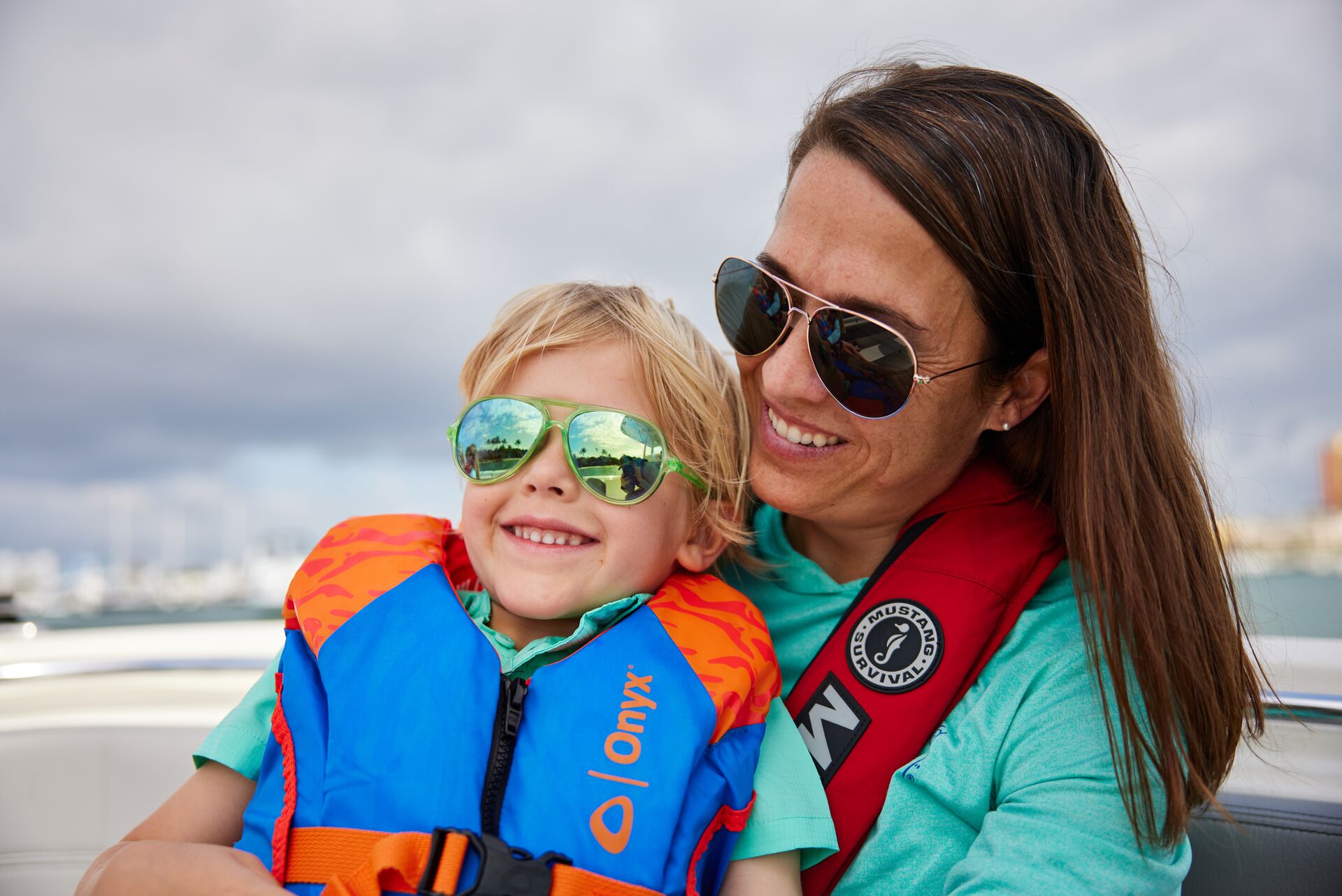
Learn More About Boats and Boat Safety with Boat-Ed
Along with learning the proper terminology and other nautical vocabulary, make sure you take the time to learn how to boat safely. There's much more to safely navigating the waters than mastering your understanding of port vs. starboard.
A boating education course through Boat-Ed teaches you about the safety equipment your boat needs, right-of-way on the water, and what to do if something goes wrong while away from the dock. This knowledge can help you stay safe on the water and increase the chances that you and your passengers can have a great time.
We hope you have a safe and fun season on the water! To boost your safety knowledge and meet state or provincial requirements for boating education, choose the course for your region and start learning.

